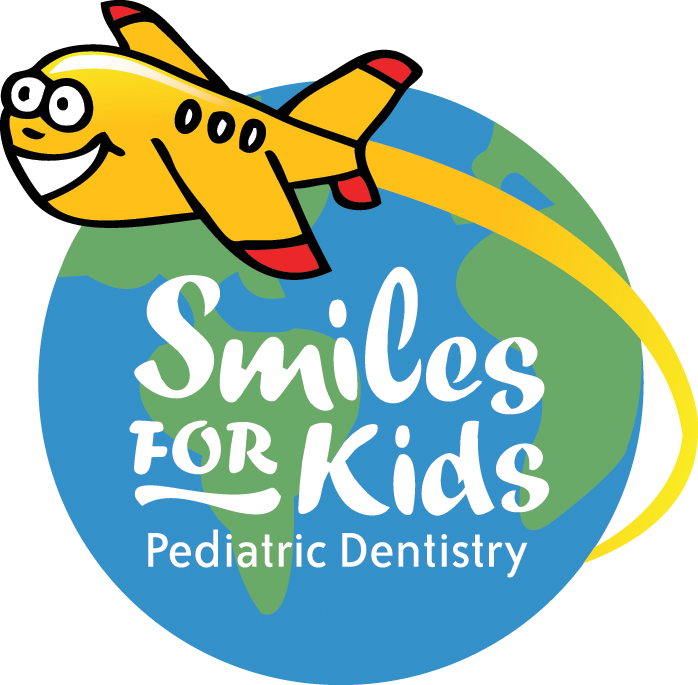Practical Tips for Proper Brushing and Flossing for Kids
/The truth about teeth is that they should be cleaned as soon as they appear. An early start on oral hygiene means that the kids will get used to the daily routine. For babies, a soft washcloth wrapped around the finger, or a ?finger brush? can substitute for a brush. For older kids, there is simply no better choice that the traditional methods of brushing and flossing.
The reason for brushing and flossing is the removal of plaque. Plaque is a coating of bacteria on the teeth that will in long term cause decrease of pH of saliva and the start of dental decay (cavities). Brushing and flossing can also stimulate the gums and keep them healthy. Avoiding gum disease is just as vital as keeping the teeth healthy. It is not unusual for some kids to want to avoid flossing and brushing. In order to make it more interesting for them, allow the children to choose their own toothbrush and toothpaste. You can also let them use any of the mechanical or ultrasonic toothbrushes if it will make brushing more attractive to your little ones.
On the average, children spend about a minute brushing their teeth. However, experts recommend that brushing should be done for at least two minutes. To help kids properly brush their teeth, a timer in the bathroom or a toothbrush with a timer built in can be used. We provide all our patients with an hour glass that helps them measure 2 minutes of brushing time and most mechanical toothbrushes have a built in timer. A fun alternative is to have them brush for the length of a song that lasts two to three minutes.
Kids should brush their teeth in the morning and at night, but it is of particular importance that kids brush their teeth before going to bed at night. At night all functions of the body shut down including salivary flow that stimulates cleaning of teeth. The time spent sleeping gives bacteria plenty of opportunities to feed on food particles left inside the mouth. As a result, enamel-eating acid could be produced. Saliva flow is lower at night so it is less likely for food to be washed off the teeth. If your child is too young to brush properly, you may have to help out to make sure that the teeth are properly cleaned.
To brush the teeth of kids, place the toothbrush alongside the teeth. Ideally, the bristles should be held at a 45-degree angle to the gum line. Gently move the brush in small circular motions and make sure to have a system so none of the teeth are missed. Brush across the surfaces used for chewing and make sure the bristles get into the spaces in between the teeth. The most easily missed parts of the teeth are the molars and the tongue side of the bottom front teeth so make sure to pay close attention to these areas.
Flossing should be done as soon as teeth start touching each other. Flossing is necessary because it helps prevent cavities by removing plaque and food caught between teeth where a toothbrush cannot reach. Usually, children can be allowed to floss on their own by age seven. For younger kids, use about 18 inches of floss and slide the floss between teeth in a sawing motion. You can also use ?floss fingers? that can be easily bought at a grocery store or a pharmacy. Once it reaches the gums, wrap the floss around one tooth and pull it to move it up and down against the tooth then the other tooth and then repeat on the other teeth.
